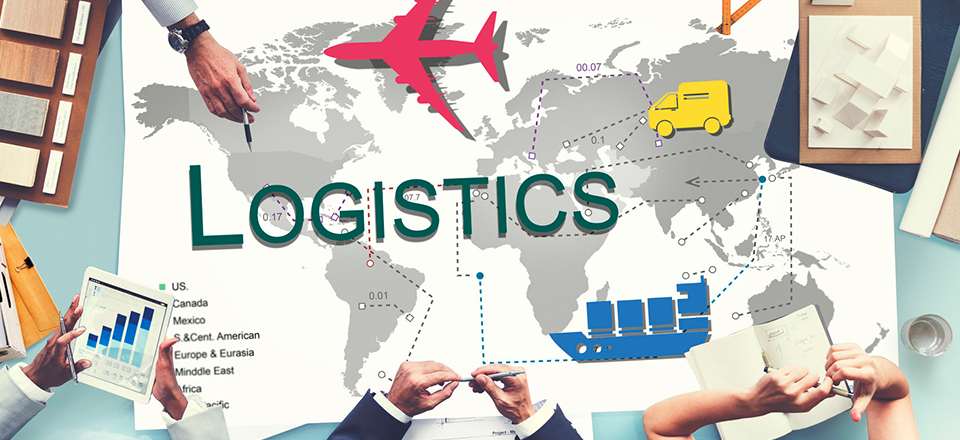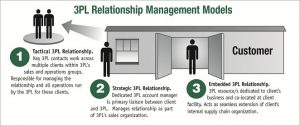
The term 3PL stands for Third-Party Logistics, a service that allows you to outsource operational logistics from warehousing, all the way through to delivery, and ultimately enables you to focus on your core business.
Companies that decided to outsource their logistical needs to a third party provider or 3PL should understand that the two companies have to come to an agreement to work together which will in return have a large influence on the overall success of the venture. Logistics needs range from simple warehousing and transportation management to complex integrated systems.

Benefits of 3rd Party Logistics
- Time-Saving: With a 3rd Party Logistics partnership you save time you don’t need to invest in trucks, training, and development of your trucks driver or whatsoever.
- Create room for Expansion: 3PL expands your business into the market as far as International level.
- Narrows Your focus: It allows you to focus more on your business and strength – fewer distractions so you don’t get spread too thin.
- Customer Base: You can reach more customers effectively since you are able to meet your delivery on time and with this, your company runs faster than you think.
Here are a few ways in which companies can successfully manage their relationships with a 3PL.
Establish clear expectations
A 3PL relationship is a partnership. Define those items that determine acceptable performance – using key performance indicators or KPI’s – at the outset and review them regularly. Spell out the expectations clearly, particularly in how issues are resolved. Setting the tone early in the relationship which will help ensure that you and your 3PL partner can vigilantly monitor the indicators you’ve established for success.
Appoint single points of contact
Appoint someone senior enough in your company to deal with supply chain issues and challenges, and expect the 3PL firm to do the same. Channel information and problems through these individuals so that they can assess the overall issues and opportunities between the two companies. Empower them to make decisions, enabling these senior appointees to quickly reach necessary resolutions.

Set out an escalation procedure
It’s often said that managing and resolving an issue early will help prevent a crisis. In the supply chain, there are issues that range from local customer demands and cost control to global influences. From the outset, chart the escalation path that issues will take, should they not be satisfactorily resolved. This will ensure that problems will not get sidetracked or buried. Keep a log of issues and outcomes to chart overall resolution trends.
Schedule formal review intervals
This is a useful exercise that provides a forum for both parties to compare notes on the original KPIs and reset performance standards. It also provides management with a progress report on achieving common objectives and resolving issues, as well as updating any gain-sharing initiatives.
Keep the 3PL provider in the information loop
Since your 3PL company is a supply chain partner, ensure that you communicate any changes or new developments in your organization. For example, providing good information on product introductions, year-end activities and impending recalls will give the 3PL company a heads-up in time to meet those needs.








